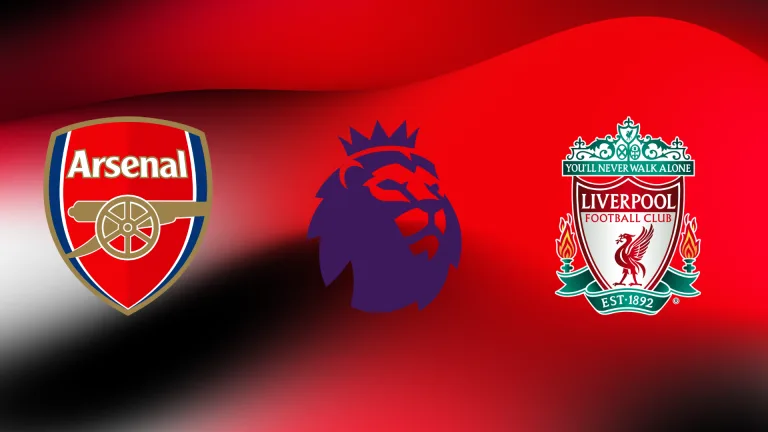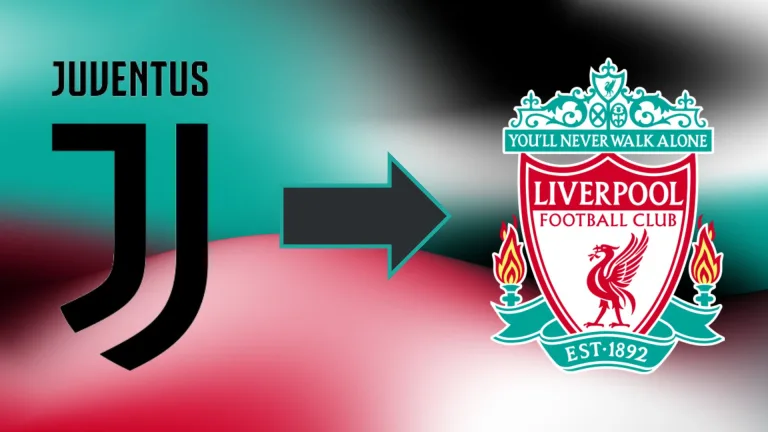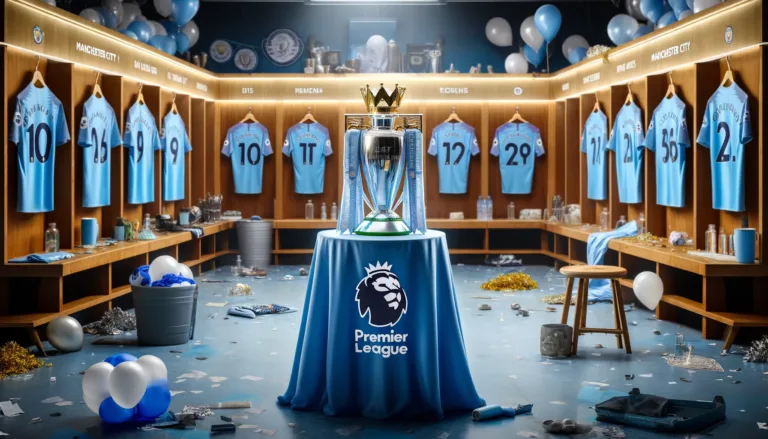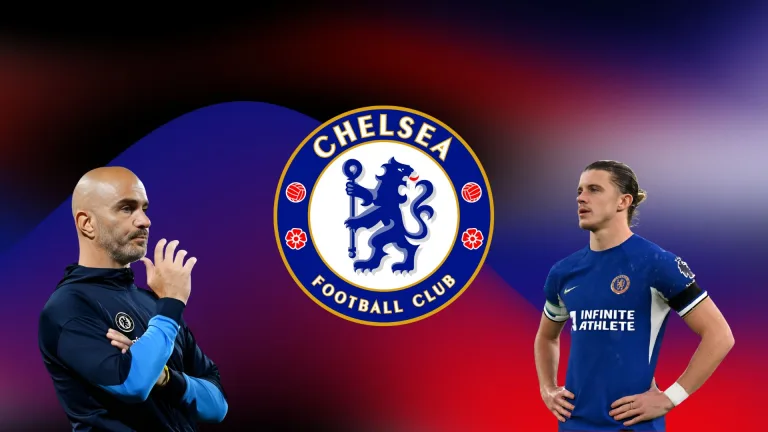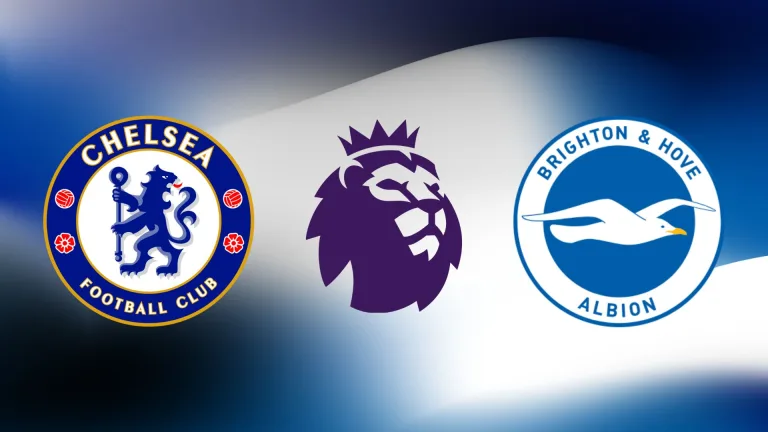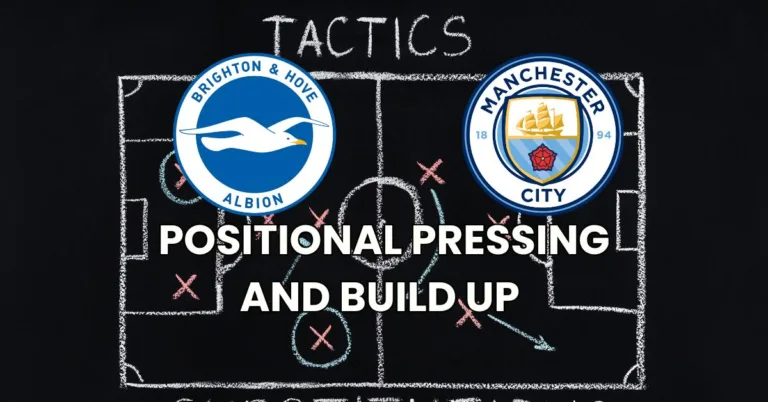Why Southampton FC is Struggling to Score in the Premier League?
Southampton is one of the four teams that have not got a win in this season of the Premier League, alongside Wolverhampton, Ipswich and Crystal Palace. Even worse, their only draw came against Ipswich, with the rest of the games ending in losses for the Saints. So why is that? Is it the curse of newly promoted teams in the Premier League? Are the Saints doing something wrong, or is it simply bad luck?
Who are the Owners of Southampton FC?
First, we cannot paint the entire picture without discussing the ownership of the club. Since January 2022, Southampton is owned by Sports Republic, a London-based investment firm. Sports Republic also owns Valenciennes FC, a club that plays in the third division of French football and Göztepe S.K. who are, at the moment, sitting in the 6th spot of the Turkish first league.
Sports Republic aims to emulate City Football group, who owns 12 clubs, including Manchester City, Girona and Palermo. But, at a much smaller scale. Why is this important? This aspiration is also reflected in Southampton’s philosophy and style.
Emulating Manchester City, at a Smaller Scale
Southampton is trying to copy Manchester City’s style of play. They are building from the back, emphasising possession and positional play. After seven rounds in the Premier League, The Saints are having an average of 57,4% of the ball, which ranks them 5th in the table at this stat.
Southampton cannot keep the same level of possession against bigger teams like Arsenal and Manchester United, they still aim to build from the back and not alter their philosophy. The Saints circulate the ball around, trying to break through the press. They do that with a pass accuracy of 86,3% which is higher than Liverpool’s or Tottenham’s and only beaten by; you guessed it, Manchester City.
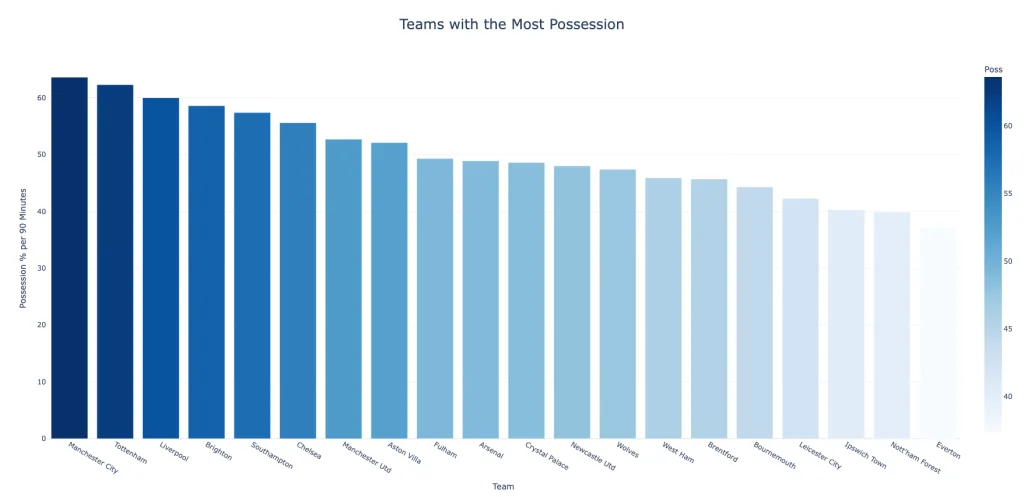
Defensively, they keep a high back line, trying to deploy an aggressive pressing scheme, aiming to get back the ball as soon as possible and contest the build-up play of their opponents. Again, with varying success.
This style of play is contrasting to the other newly promoted teams in the Premier League, which often prefer to sit back and concede possession and control. Unlike Southampton they chose to sometimes go long and not build-up from the back, trying to win their duels and win that second ball. The Saints despise the long balls, being the Premier League with the least number of long passes attempted. Just 342 long balls.
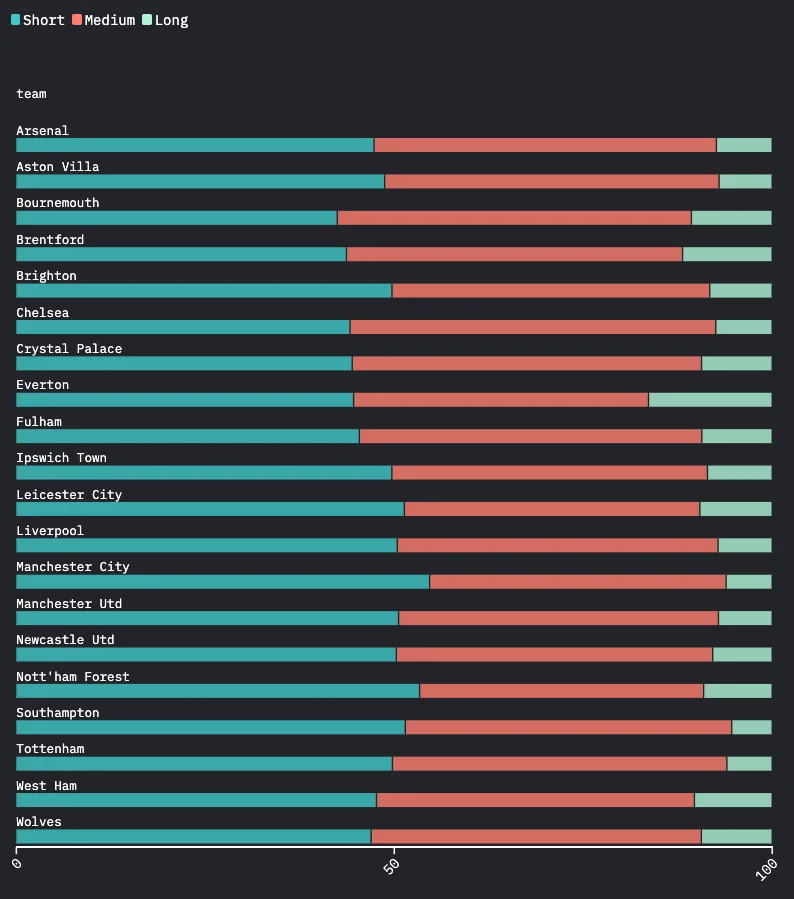
So, What Are the Results?
After seven rounds, The Saints scored only four goals, with two of them coming from open play, one from a set piece and one from a counterattack. An extremely different performance from City, whose play style they try to emulate. But why is that? Why is Southampton not getting the results they want?
First, although they rank high in overall passes, possession and touches, it’s important to look where they have their touches. The saints are second and third for touches inside their own defensive third and in midfield, but fall off short in the attacking third and in the opponent penalty area. They control the pitch in all areas, except the dangerous ones, which is the central part of their opponents third.
The Saints are keeping the ball, but they fail in making something out of that possession. With only eight goal-creating actions in seven games, they generated a xG of 10.08, making them the biggest underperformers in the Premier League.
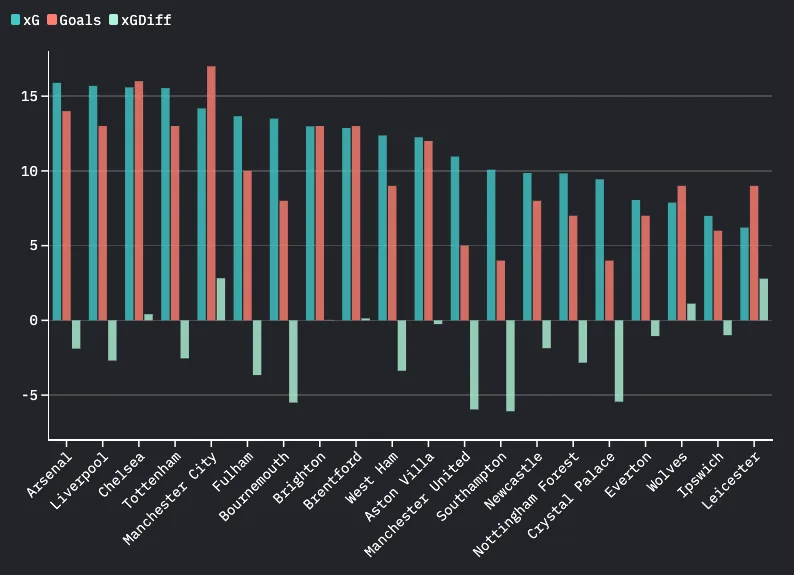
The Big Problem With Southampton’s Possession
Why is Southampton lacking the penetration other possession-based teams have? The answer is in the shape they employ. While many positional teams try to stretch out their defense and open up important passing lanes, Southampton does not. Tottenham is a good example. The Spurs set up wide during build-up to stretch the pressing and the defensive lines, creating space for the pass.
Southampton prefers to drop players deep to keep as much as the ball as possible and not take any risk. Packing their own half opens up more passing lanes and reduces the danger of a misplaced pass. But it also reduces the risk of actually creating a shot, because there is nobody near the opponent’s box to take it.
I will use the game against Bournemouth, as an example, where Southampton had 60% possession. Their pass map and average position reveals how close The Saints play to each other. We see a cluster of three players with very close average positions on the right wing. Mateus Fernandes and Lesley Ugochukwu are glued together. Meanwhile, Ryan Fraser and Tyler Dibling are isolated.
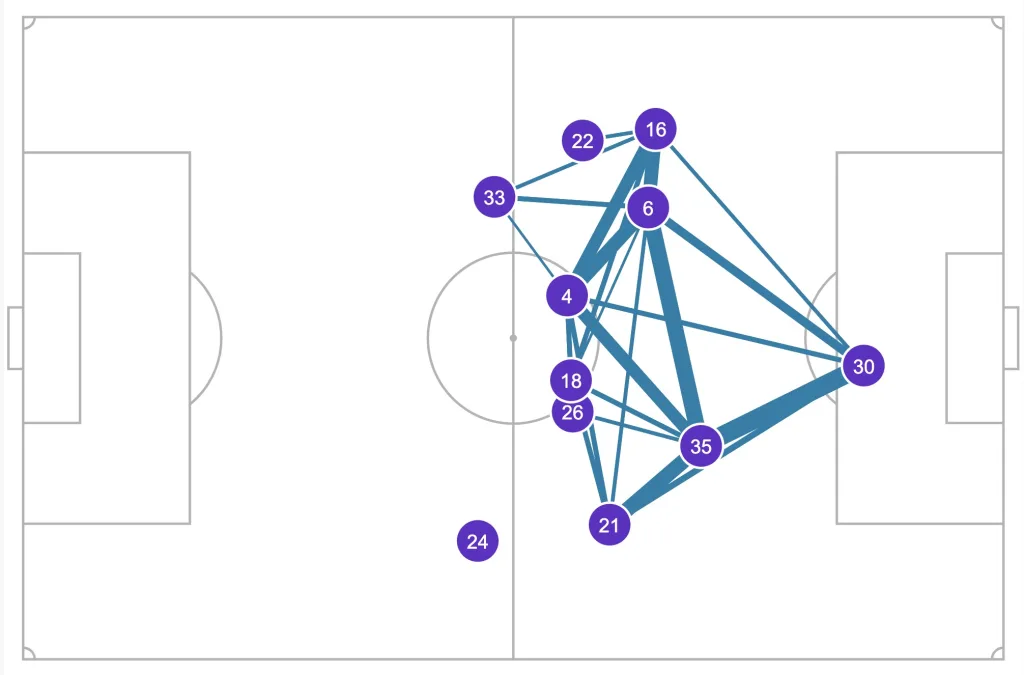
Against Brentford, where The Saints had an even better possession, it is the same. Only, it better illustrates the lack of penetration and depth. On average, their formation looked like a 3-5-2, with the entire midfield being on the same line. And notice in both cases, against Bournemouth and Brentford, the average position of most of the players is in Southampton’s own half.
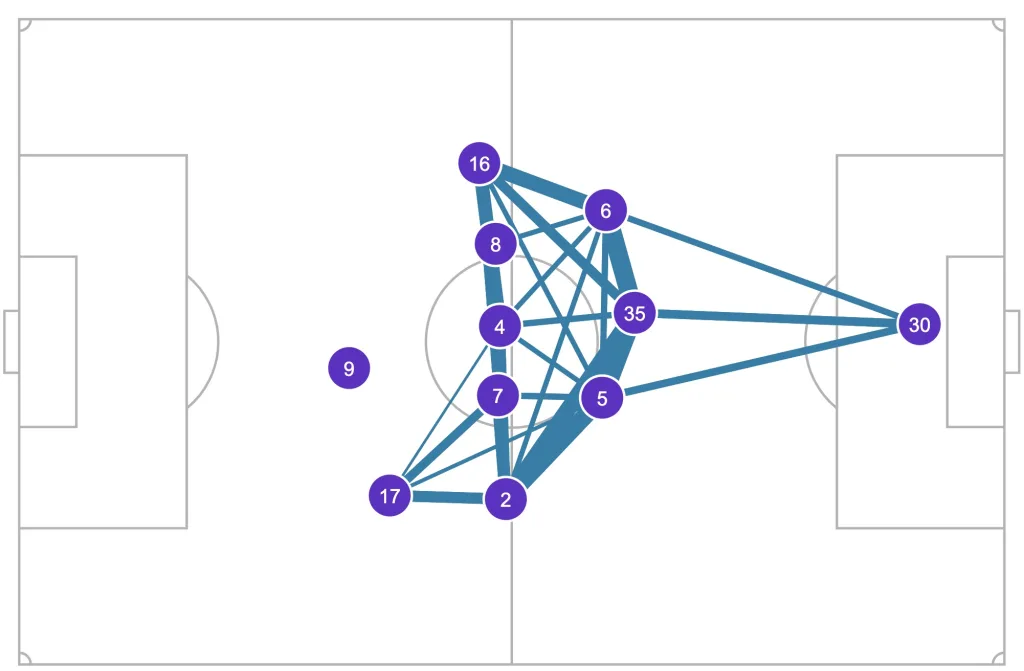
This tactic worked very well for them in the Championship. But in the Premier League, they struggle because of the quality of their opponents. It’s much harder to keep the ball and build out from the back when you face teams such as Arsenal and Manchester United. Arsenal’s equaliser came from a Bukayo Saka tackle in the Saints’ defensive half, which then launched Kai Havertz. He easily bypassed his defender and put it into the net. This goal would probably not have happened if they renounced their ambitions to build up from the back.
Is Russell Martin to Blame?
With all these obvious problems, Russell Martin might be put under scrutiny. Why is he insisting on keeping this style that does not get him any results? Why not adopt a counter attacking mindset and focus on defensive solidity? Is it simply stubbornness?
First, remember about their owners? Sports Republic, who wants to emulate the City Group? If his remit is to implement a possession-based positional play style, then Russell Martin does just that. So even though he is not getting the results fans expect, or want, he is following the instructions of the owners. The fans are the ones who actually pay his salary by financially supporting the club, but the owners are the signing the paycheck.
There is also the Vincent Kompany effect. He promoted Burnely to the Premier League, and then conitnued with the same possession based strategy in the top flight, only to be relegated the same year. His reward? He got the job at one of the biggest clubs in Europe, Bayern Munich. Would Kompany get that job if he adopted a reactive playstyle and not stick to his principles? No, but Burnley would have had a shot at remaining in the Premier League.
There is also the question on whether Southampton are okay with being relegated or not. While the owners are trying to replicate what Manchester City is doing, they might be unbothered by being relegated at the end of the season, keeping the current squad, who now has more experience playing the top teams and trying to win the Championship again, only to be back in the 26/27 season.
Conclusions
While Southampton is yet to have a victory, there are still plenty of games to go in the season. At the moment, OPTA predicts that their chances of avoiding relegation are just 8,9% and they are the team with the most chances to finish dead last. Yet, considering the philosophy of the owners and their goals, this might not be such a big bother. But it is definitely frustrating for the fans, and does not make a very entertaining prospect for the rest of the Saints’ season.

